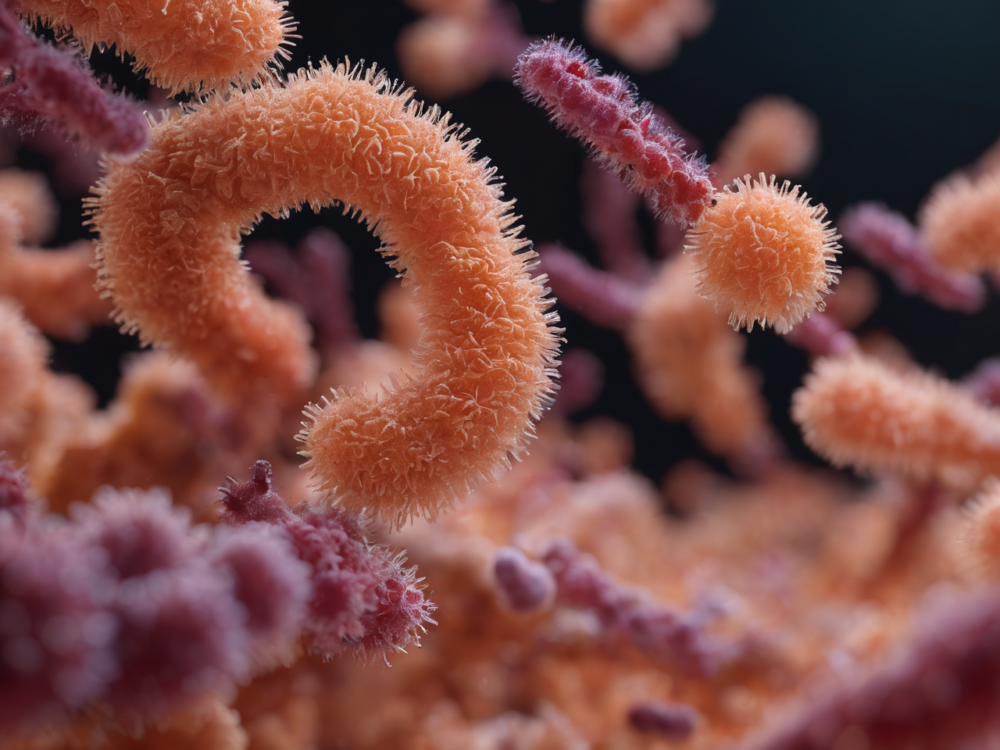Ice cream, a timeless delight cherished by people of all ages, is a treat that’s creamy, sweet, and deeply satisfying. But have you ever heard of nitrogen ice cream? This innovative frozen dessert has taken the culinary world by storm, capturing the imaginations of ice cream aficionados and adventurous food lovers alike.
The Magic Behind Nitrogen Ice Cream
At first glance, nitrogen ice cream may seem like pure magic, producing mesmerizing clouds of vapour and promising an unrivalled creamy texture. However, this captivating spectacle is grounded in science, transforming ordinary ice cream into a gastronomic wonder.
In this article, we’ll delve into the fascinating world of nitrogen ice cream and address common questions surrounding it.
What Exactly Is Nitrogen Ice Cream?
Nitrogen ice cream, often known as “cryogenic ice cream,” is a unique frozen dessert crafted using liquid nitrogen. Unlike traditional ice cream-making methods that rely on slow freezing, nitrogen ice cream is rapidly frozen at remarkably low temperatures.
Liquid nitrogen boasts an ultra-low temperature, plummeting to approximately -320°F (-196°C). When introduced into the ice cream mixture, liquid nitrogen triggers an instantaneous freezing reaction. This swift freezing process profoundly impacts the texture of nitrogen ice cream. Due to its rapid freezing, smaller ice crystals form, resulting in an exceptionally smooth and creamy consistency compared to regular ice cream. This distinctive texture is often described as velvety and luxurious, making nitrogen ice cream a beloved choice among dessert connoisseurs.
Beyond its remarkable texture, nitrogen ice cream preparation offers a visually stunning experience. As liquid nitrogen meets the mixture, it generates dramatic billows of vapour, creating a captivating display that adds to the overall allure of this frozen delicacy.
The Art of Making Nitrogen Ice Cream
The process of crafting nitrogen ice cream begins with preparing the ice cream base. This typically involves blending ingredients like milk, cream, sugar, and flavourings in a mixing bowl. The precise ingredients and proportions may vary depending on the desired flavour and recipe.
Once the ice cream base is ready, liquid nitrogen is introduced. Liquid nitrogen is a colourless, odourless substance with an incredibly low boiling point of approximately -320°F (-196°C). It is transported and stored in specialized containers designed to withstand its extreme temperatures. Besides its use in nitrogen ice cream, liquid nitrogen finds applications in scientific research, laboratories, and industrial processes.
To incorporate liquid nitrogen into the mixture, a controlled amount is slowly added to the bowl while stirring continuously. This infusion of liquid nitrogen results in a rapid drop in temperature, swiftly freezing the mixture. As liquid nitrogen interacts with the ingredients, it vaporizes, creating a mesmerizing cloud of vapour that envelops the preparation area.
The ultra-low temperature of liquid nitrogen plays a pivotal role in shaping the texture of nitrogen ice cream. Thanks to the speedy freezing process, smaller ice crystals develop, leading to a smoother and creamier consistency. These minuscule ice crystals contribute to the luxurious mouthfeel that distinguishes nitrogen ice cream from conventionally frozen varieties.
Throughout the freezing process, thorough mixing is essential to ensure the even distribution of liquid nitrogen and prevent pockets of excessive coldness. Electric mixers or whisks are often employed to maintain a consistent texture until the desired result is achieved.
Once the ice cream base is fully frozen, it’s ready to be served, typically scooped into cones or bowls.

Why Nitrogen?
Nitrogen plays a pivotal role in nitrogen ice cream production due to its rapid freezing properties. Liquid nitrogen’s extremely low temperature of approximately -320°F (-196°C) facilitates instant freezing when incorporated into the ice cream mixture. In addition to nitrogen ice cream, the food industry utilizes nitrogen for food preservation, including fruits, vegetables, meats, seafood, and processed foods.
One of the primary advantages of nitrogen ice cream is the prevention of large ice crystal formation. Traditional ice cream-making methods, involving slow freezing, can result in the development of relatively large ice crystals. These crystals can give ice cream a grainy texture and affect its overall smoothness. However, liquid nitrogen’s swift freezing process results in smaller ice crystals, contributing to a remarkably smooth and creamy texture.
Moreover, the introduction of liquid nitrogen creates a visually captivating experience. As the extremely cold liquid nitrogen meets the mixture, it rapidly evaporates, forming billowing clouds of vapour. This vapour envelopes the preparation area, creating a mesmerizing spectacle that enhances nitrogen ice cream’s appeal. This visual element has made nitrogen ice cream preparation a popular attraction in ice cream parlours and speciality dessert shops.
The rapid freezing properties of nitrogen offer practical advantages in terms of efficiency. Traditional ice cream-making methods can be time-consuming due to the gradual freezing process, while liquid nitrogen allows for nearly instant freezing, reducing overall preparation time.
Does Nitrogen Ice Cream Taste Different?
When it comes to the taste of nitrogen ice cream compared to regular ice cream, the differences are typically subtle. The primary flavour of the ice cream largely depends on the quality and combination of ingredients used in the base.
The rapid freezing process associated with nitrogen ice cream is often said to help preserve the natural flavours of the ingredients. Swift freezing prevents the formation of large ice crystals, resulting in a smoother texture. This smoother texture can enhance the overall taste experience by allowing flavours to blend more harmoniously.
Nitrogen ice cream enthusiasts argue that the rapid freezing method can intensify the creaminess of the dessert. Smaller ice crystals and a smoother texture create a velvety mouthfeel that can enhance the perception of richness and decadence. This creaminess can add depth and complexity to the flavour profile, making each spoonful of nitrogen ice cream a delight for the taste buds.
Safety Considerations for Nitrogen Ice Cream
When properly prepared and handled, nitrogen ice cream is considered safe for consumption. However, adherence to safety protocols is essential to ensure a risk-free indulgence.
The primary concern when dealing with liquid nitrogen is its extremely low temperature. Skin or eye contact with liquid nitrogen can result in frostbite or burns. Frostbite can occur at temperatures as high as 31°F (-0.5°C). Thus, careful handling of liquid nitrogen is crucial, along with the use of appropriate safety gear such as gloves and goggles for personal protection.
During the preparation of nitrogen ice cream, it is imperative that all liquid nitrogen fully evaporates before serving. While liquid nitrogen rapidly freezes the ice cream mixture, it also evaporates quickly due to its low boiling point. The resulting vapour dissipates into the air, leaving no residual traces in the ice cream.
To ensure the ice cream is safe to consume, thorough mixing of the ice cream base and liquid nitrogen is essential. This ensures even distribution and allows the liquid nitrogen to evaporate entirely. Adequate mixing also helps achieve a consistent texture throughout the ice cream.
Furthermore, nitrogen ice cream should reach a safe serving temperature before consumption. This typically involves allowing the freshly made ice cream to rest for a few minutes after preparation. During this time, any remaining coldness from the liquid nitrogen dissipates, ensuring the ice cream is not too cold to consume safely.
It’s important to note that directly consuming excessive amounts of liquid nitrogen can be dangerous. While small traces of liquid nitrogen in properly prepared nitrogen ice cream are safe, drinking or ingesting liquid nitrogen directly can lead to severe injuries or harm.
Making Nitrogen Ice Cream at Home
Interested in creating nitrogen ice cream in the comfort of your own kitchen? You’ll need a mixing bowl or container, an electric mixer or whisk, a liquid nitrogen dispenser or container, and the necessary





